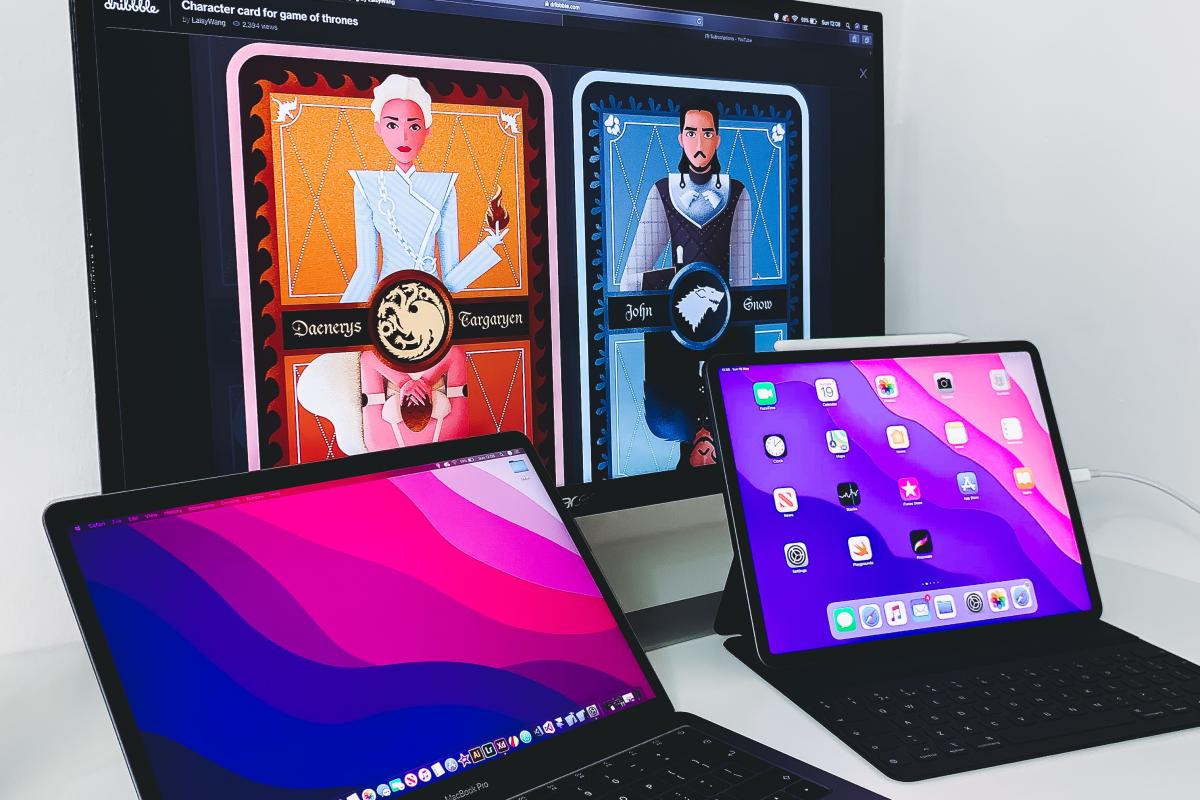Advertisers are increasingly using second screening and social media to encourage engagement with ad content, with a great recent example being Mercedes’ TV campaign for the new A-Class, where Twitter users were able to determine the outcome of the ad’s storyline. So if smartphones and tablets can be used to determine the outcome of TV advertising, then why not content?
Of course the Mercedes example didn’t happen in real time, but was based on Twitter activity over a couple of days, allowing the advertiser plenty of time to select the outcome decided on by users. It’s this real-time interaction that’s currently the major barrier in terms of technology – although this is changing. The new HTC One smartphone, for example, includes the functionality of a remote control and TV companion apps, such as Zeebox, allowing people to interact with each other around TV content in real time, while show-specific apps, such as Million Pound Drop, mean that you can play along with live TV content at home.
It’s not just the functionality of the smartphones and tablets that needs to develop before real-time interaction is possible. Currently, TV advertising content is broadcast in a linear, homogeneous way, with all households who are watching the same channel seeing the same content and the same advertising. Sky’s launch of AdSmart will change this, allowing houses in different geographical areas to be shown different advertisements, tailored to their different interests or preferences.
So imagine if the technological barriers to real-time interaction were removed. Suddenly smartphones would be able to interact with televisions and TV content could be targeted and tailored in real time. All of a sudden the TV looks a lot like a games console and the days of the passive, lean back medium are over. Imagine even using existing smartphone functionality, such as the accelerometer or augmented reality capabilities (as demonstrated through Blippar), to determine the end of TV shows such as Sherlock, Luther or Broadchurch. If you can determine whether a character lives or dies by using the accelerometer, for example to drive the getaway car, then imagine the activity on social media as different actions and outcomes are compared.
On a slightly more pedestrian level, what if you could use augmented reality to focus on certain areas of the screen or aspects of a programme that particularly interested you – for example, on a gardening or design show – and use your companion device to view exclusive additional content?
As with so many developments, having the right data in place will be key to enabling the type of innovations described above. But if preferences can be set before content is watched and matched with classic web browsing and demographic data, the capabilities of tailoring content according to preferences and behaviour, in addition to real-time actions, mean we could see a time when an almost limitless number of variations of the same core content are being enjoyed by different people at the same time.
This vision of the future might seem a bit hectic – an extreme version of convergence where the TV has become both the home PC and the games console and the once-passive audience is now given the responsibility of determining the outcome of major TV shows (all after a hard day’s work). But there’s no doubt that given the right technological developments and balance in terms of deployment, the chance to transform second screening from a passive, commentary-based activity to an active, lean-forward experience looks exciting.
Tim Elkington is director of research and strategy at the IAB UK [email protected]
This article was taken from the January 2014 issue of Market Leader. Browse the archive here.
